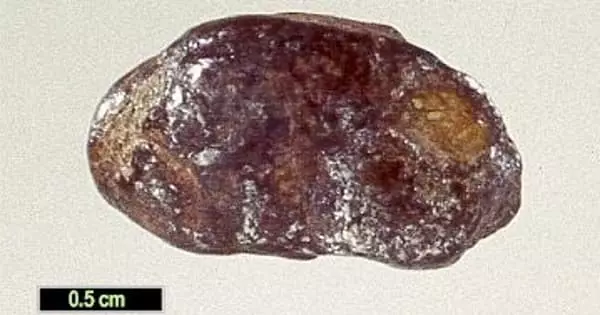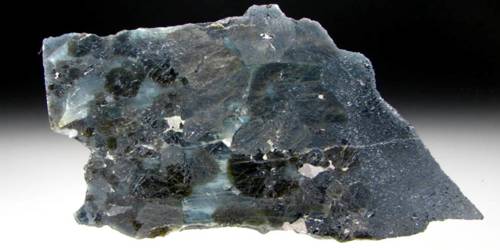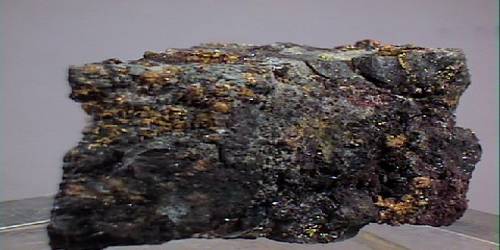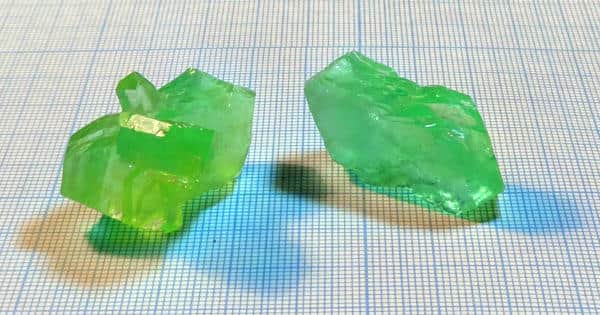Oregonite, Ni2FeAs2 is a nickel-iron arsenide mineral first described from Josephine Creek, Oregon, United States. It is a hexagonal nickel-iron arsenide mineral. It was named for the state of Oregon. It is commonly found in white or gray-white color. It has an opaque appearance, metallic luster, and granular texture.
General Information
Oregonite crystallizes in the hexagonal crystal system and has a Mohs hardness of 5. The relative hardness of oregonite is 5, and its density is 6.92 g/cm3. It has an opaque appearance, metallic luster, and granular texture.
- Category: Sulfide minerals
- Formula: (repeating unit) Ni2FeAs2
- Crystal system: Hexagonal
- Color: White, Gray white.
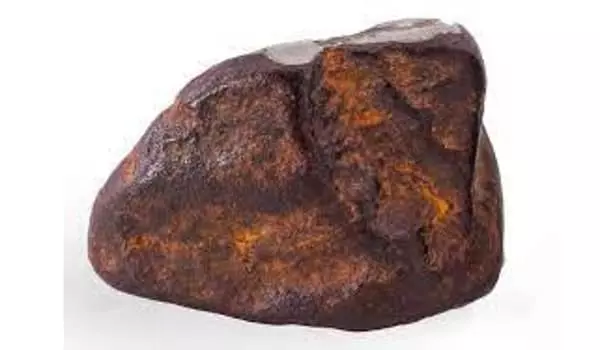
Properties
- Mohs scale hardness: 5
- Luster: metallic
- Specific Gravity: 6.92 (Calculated)
- Crystal System: Hexagonal
- Diaphaneity: Opaque
- Habit: Massive – Granular – Common texture observed in granite and other igneous rock.
Occurrence – As water-rolled pebbles in clinochlore and serpentine (Oregon, USA).
Oregonite occurs as water-rolled pebbles in serpentine and clinochlore. It is closely associated with magnetite, pyrrhotite, chromite, molybdenite, chalcopyrite, bornite, and copper.
Oregonite is known, apart from its type locality, from the Chirnaisky Massif, Russia, associated with hydrothermal nickel minerals (millerite, heazelwoodite) in a metamorphosed ultramafic; from the Skouriatissa mine, Cyprus, associated with VMS mineralization; and from the Kidd Mine, Timmins, Ontario, Canada within serpentinite-hosted chromite deposits.
Oregonite is distributed in the following places:
- Josephine Creek, west of Kerby, Josephine Co. Oregon, USA
- Alexo mine, near Timmins, Ontario, Canada
- Skouriotissa, Cyprus
- Ijim massif, west Sayan, Russia
